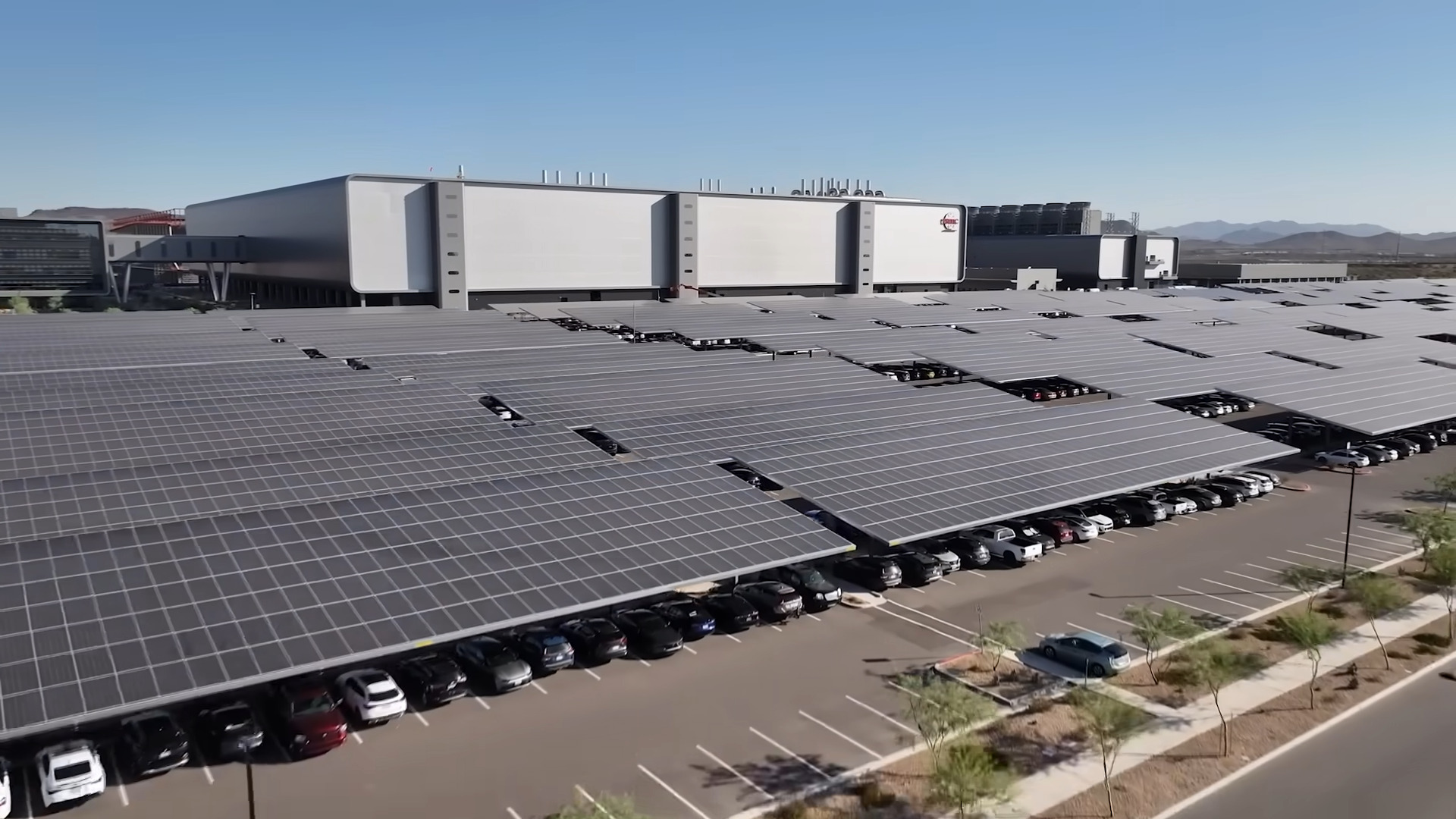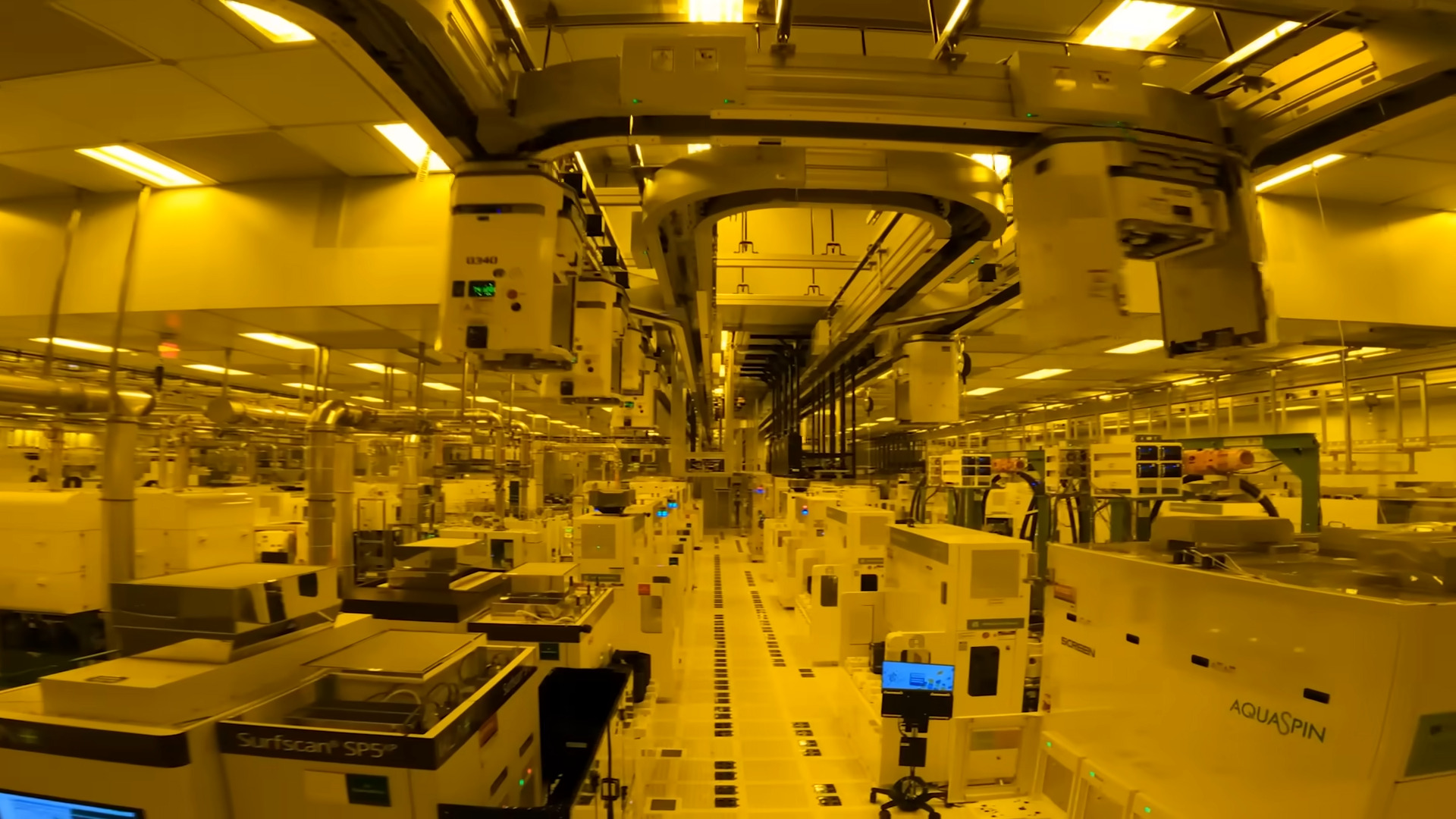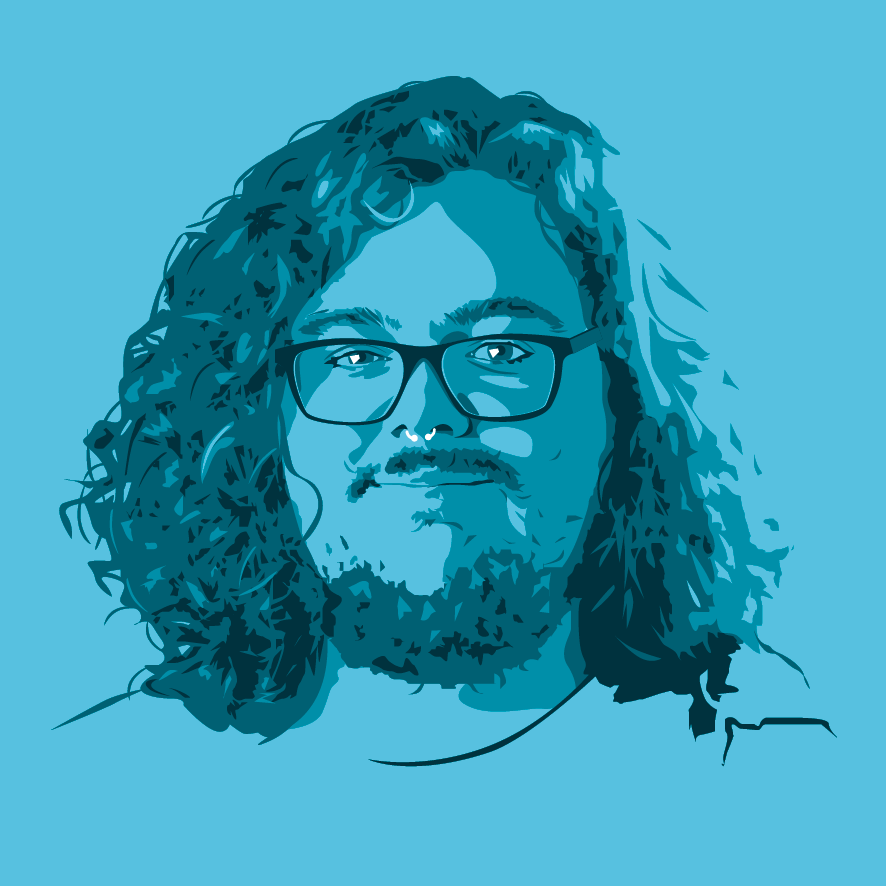Taiwan rejects 50/50 chip production proposal from the US stating it would not 'agree to such conditions'
It's not clear yet what Taiwan would get out of the deal.

Taiwan is one of the most important countries in the world when it comes to technology. With the likes of TSMC (the world's largest semiconductor fabrication company) being based there, it's right at the centre of the global chip trade. With America also looking to regain a slice of that technological pie, that has led to some chatter about potential deals between the two countries.
As reported by Reuters, US Secretary of Commerce Howard Lutnick told News Nation (a US-based television network) that it would be proposing a 50/50 split with Taiwan for future chip production. In this, the US government wants Taiwan to move 50% of the chips it produces for US use to be made in the US. TSMC has fabs in America, newly-built ones with plans for more, but they don't make up anywhere near as much of global production as its facilities in Taiwan. This proposed deal would try to push for commitment to a huge increase in production on US soil.
Cheng Li-chiun, a Taiwanese politician and vice premier, told reporters, "Our negotiating team has never made any commitment to a 50/50 split on chips. Rest assured, we did not discuss this issue during this round of talks, nor would we agree to such conditions."
No word has currently been spoken on what exactly would be offered in return for this split. Last week, it was reported that the US government is looking to impose tariffs on US firms that do not source an equal amount of American chips. In a roundabout way, this would affect TSMC's demand. America is already offering "no charge" for companies currently building on American soil, so it seems TSMC will be able to avoid tariffs with its American fabs. Semiconductors have been a point of contention for Trump's tariffs over the past year, but exports from Taiwan without any exceptions are subject to 20% tariffs.
Under President Donald Trump, America has consistently implemented, then went back on, then restated, then changed terms around tariffs, in order to push more production in the country. These tariffs seem intended to punish consumers for buying tech from outside of the US and push companies into opening US facilities or sourcing parts from within the country. This does appear to have incentivised production somewhat, though some of this was also thanks to deals struck by the Biden administration. TSMC is investing $100 billion into three new fabs in the US, and Apple has pushed US commitment up to $600 billion.

At the end of the year, TSMC will be losing special export privileges that previously allowed it to fast-track exports. Trump reportedly threatened a 'big tax' upwards of 'maybe 100%' prior to TSMC opening its own US fab, so it isn't immune to throwing its global weight around. Earlier this year, it was announced that any Taiwanese companies with fabs producing outside of Taiwan must be a node generation behind. So the US and Taiwan are at odds with one another on policy.
TSMC has its N2 process node in the works for volume production later this year, with its cutting-edge A16 node and N2 derivative nodes set to arrive next year. It has already announced its A14 node after that, too. The majority of N2 production will be in Fab 20, located in Taiwan. TSMC Arizona, the US branch of the business, already produces N4 technology, with plans to hit volume production on N3 in 2028. It's also planning to open a third facility that will produce chips on the N2 and A16 nodes around the end of the decade. So, it's quite a delay for the US business.
Keep up to date with the most important stories and the best deals, as picked by the PC Gamer team.
The more advanced nodes offer bigger benefits for the chips using them, in terms of performance and efficiency, with the likes of Apple and AMD often the first in line to use the latest technologies.
As reported by Reuters, Premier Cho Jung-tai said "critical substantive consultations are currently underway" with Cheng Li-chun speaking to the US. In this, they reportedly had discussions that suggest "certain progress."
The plan could be to talk through further terms to increase production in the US or speed up adoption of new nodes, but Cheng's comments suggest the 50/50 split is unlikely. It's not like you can switch on a new process node overnight, either, as these are incredibly complex processes often requiring new methods, lithographic machines, and even facilities to accomplish. So any plans won't materialise into anything soon, if the two countries ever come to any sort of agreement.

1. Best gaming laptop: Razer Blade 16
2. Best gaming PC: HP Omen 35L
3. Best handheld gaming PC: Lenovo Legion Go S SteamOS ed.
4. Best mini PC: Minisforum AtomMan G7 PT
5. Best VR headset: Meta Quest 3

James is a more recent PC gaming convert, often admiring graphics cards, cases, and motherboards from afar. It was not until 2019, after just finishing a degree in law and media, that they decided to throw out the last few years of education, build their PC, and start writing about gaming instead. In that time, he has covered the latest doodads, contraptions, and gismos, and loved every second of it. Hey, it’s better than writing case briefs.
You must confirm your public display name before commenting
Please logout and then login again, you will then be prompted to enter your display name.

